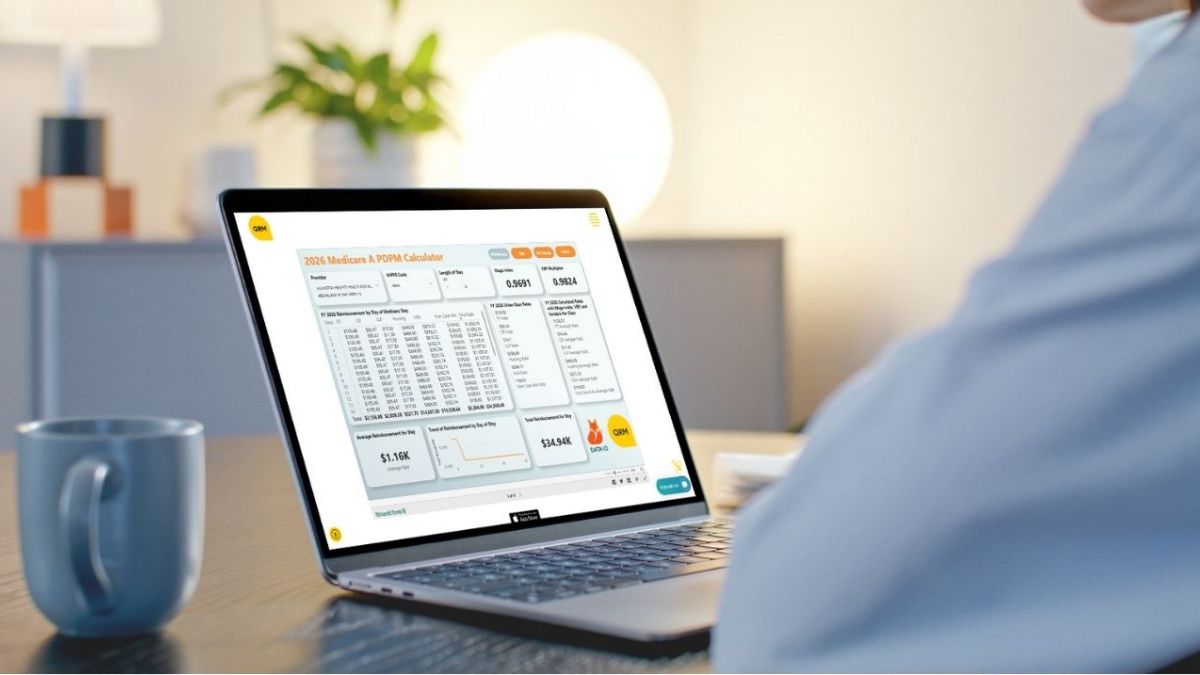When the Patient Driven Payment Model (PDPM) was announced, many applauded CMS’s effort to finally recognize the many medical complexities, complications, and conditions that affect Skilled Nursing Facility (SNF) residents throughout our nation.
Depression is one of the conditions that receives additional focus under PDPM, using the PHQ-9 assessment to identify its signs and symptoms. CMS assured us that the PHQ-9 is a valid, reliable assessment, with high inter-rater reliability. Sounds good, right?
Here’s the problem: CMS recently proposed a change to the way the PHQ-9 is used. The current process is based on asking all 9 questions. The proposed process will use the first 2 questions as gateway questions. If the resident responses do not trigger adequate scoring on the first 2 questions, the interviewer will not continue with the other 7 questions. This change may dramatically affect the scoring of signs of depression throughout the country, and one concern is that this area will no longer trigger (for care planning and/or payment) with this process change.
I understand the concerns that CMS expresses about the increased PHQ-9 scores since the initiation of PDPM. It is not uncommon for MDS items to receive additional focus by SNFs for training, tracking, and reporting when they start to be selected as payment items. This increased focus by the SNFs appears to sometimes change the percentage of residents who “trigger” for these conditions.
Long story made short: When CMS included the PHQ-9 as a payment item, the industry responded by focusing their teaching, training, and reporting on this assessment. The depression rate appeared to increase, and payments went up. Is this increased focus “gaming the system?” In my opinion, no. While there are “bad apples” in every industry who take advantage of the system, my experience leads me to believe that the SNF industry is made of mostly honest, caring, and ethical people. The MDS (and other CMS-mandated reporting systems) have exploded over the past 20 years. What was once a document that contained a few pages with a handful of tracking items (the Minimum Data Set) has become an enormous document with hundreds of fields. As CMS changes their payment structure, newly selected items on the MDS receive additional attention. It’s not a matter of gaming the system, it’s a matter of the SNF operators efficiently allocating resources to data collection while managing razor-thin financial margins.
Why does all this matter to you? With the change from the PHQ-9 to the PHQ2-9 assessment, you may see your depression scores and reimbursement drop. This gateway-question-process may reduce the number of residents who meet the assessment threshold, yet, if they were asked all 9 questions, may still have symptoms of depression that require care planning and care.
The bottom line: As you prepare your teams for the upcoming CMS changes, it’s crucial to focus on the transition from PHQ-9 to PHQ2-9. This transition is important for two main reasons. Firstly, your care plan may be incomplete if the resident still exhibits signs and symptoms of depression that remain undiscovered due to not asking the complete list of questions. Secondly, you may face limitations in financial resources allocated to residents who show signs and symptoms of depression that may have been identified through the comprehensive PHQ-9 assessment.
Remember, it’s not about the money—it’s about creating a complete and comprehensive care plan for your residents and ensuring they receive the necessary resources to address their needs effectively.
PHQ-9 and PHQ2-9: Understanding the difference is crucial. Without proper training and attention to this change, it could have a detrimental impact on the well-being of your residents.



